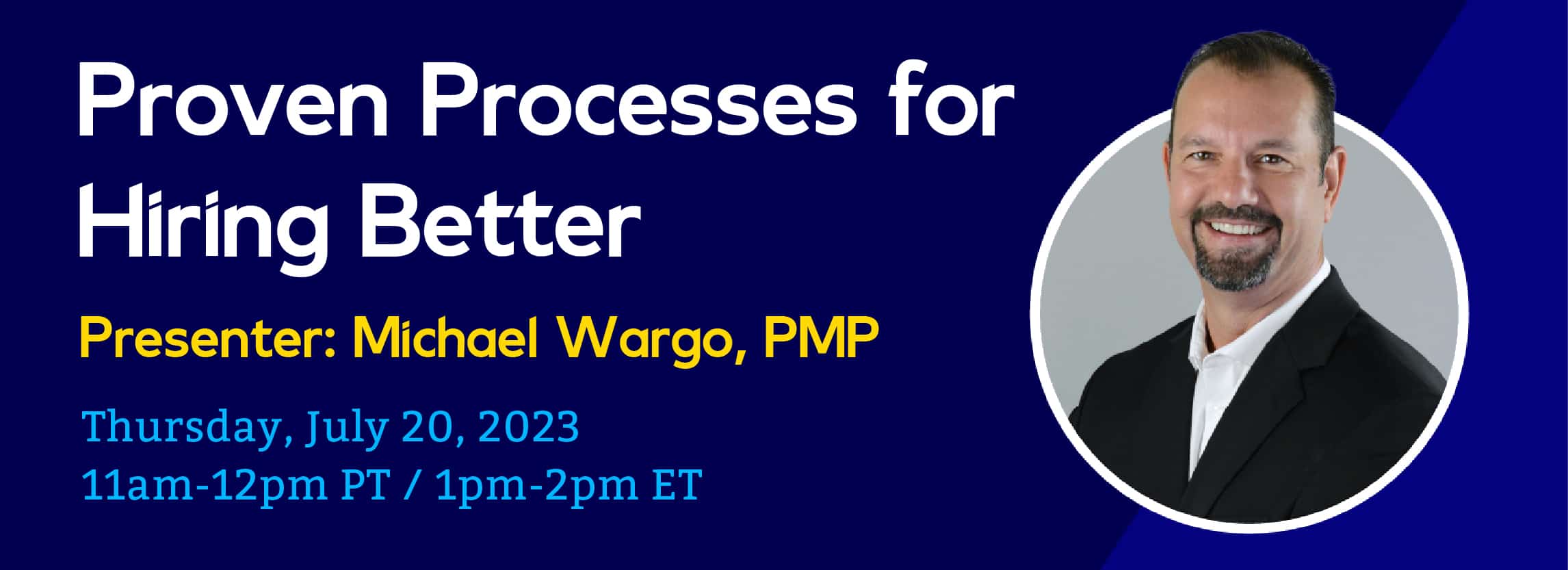Workplace culture plays an important role in hiring as it can heavily influence the types of candidates that are attracted to a company, their decision to accept or deny a job offer, and ultimately their decision to stay with your team.
A positive workplace culture can attract high-quality candidates and help retain employees, while a negative or toxic culture can deter top talent and lead to high turnover rates.
Defining Workplace Culture
Workplace culture can be defined by the shared values, beliefs, attitudes, behaviors, and practices that reflect an organization as a whole, and influence the way its employees interact with each other and external collaborators.
Workplace culture not only encompasses the company’s mission and expectations, but also its policies and procedures, communication style, hiring processes, and recognition practices.
However, at its core, I believe workplace culture is the energy emitted by a company and its employees.
Creating a Positive Workplace Culture
It’s important to create a positive and comfortable work environment that can encourage productivity, and allow for a flow that enables employees to be productive.
Some important pillars of a positive workplace culture include:
- Clear communication
- Trust
- Respect
- Collaboration
- Innovation
- Accountability
- Commitment to continuous learning and improvement.
These themes can be seen in actions such as prioritizing hiring and promoting from within, as well as having recognition systems in place that reward everyone, not just traditional “high earners”.
All of these factors affect the overall energy of a company, and thus the motivation and happiness of its employees.
The Hiring Process and Workplace Culture
The hiring process of a company can play an important role in its culture. For example, a positive workplace culture can attract high-quality candidates and help retain employees, while a negative or toxic culture can deter top talent and lead to high turnover rates.
Having clear expectations on what an individual will be responsible for in a particular role is crucial. Knowing the day-to-day requirements of a role can help find and identify talent that is naturally made to do the job. By establishing these requirements with our clients, we are able to observe behavioral tendencies and motivators throughout the interview process that help us identify the candidates best suited for the job.
It is also important to take a step back during the hiring process and look at the organization as a whole. For example, you should evaluate how the individual will fit in with the current upstream/downstream workflow. This helps to ensure a great fit that elevates overall company culture.
At Linx Talent Advisors, our process includes conversations with all key stakeholders. Together we establish a big-picture view to develop the most accurate and comprehensive job assessment, and thus identify the best behavioral fits.
This is particularly helpful in the hiring process, as it is human nature to be drawn to hire someone similar to ourselves, when we may need something different. Hiring a candidate with the same strengths, motivations, and weaknesses can create conflict and widen gaps that need to be filled with the role.
Defining clear expectations of the job role and individuals by involving all stakeholders in the process can help address and prevent this problem.
Demonstrating Workplace Culture During The Hiring Process
Hiring managers have a responsibility to honestly and effectively convey and explain the culture of a workplace during the hiring process.
This can be accomplished by talking about the inclusion of people in the decision-making process, and the value of individual opinions, as well as sharing real life experiences and examples that demonstrate the values of the company.
Communication During The Hiring Process
Communication during the hiring process can help set the tone for workplace culture. Including team members in the process and hearing their opinions provides different points of view, which is helpful for choosing the right candidate. This also makes existing employees feel like a team, and gives them an opportunity to take ownership of certain steps in the hiring process.
As a talent advisor, our hiring process prioritizes eliciting buy-in from all team members involved, setting expectations for all parties, and improving effective communication to ensure the right talent ends up in the role.
The “Right” Fit vs. The “Wrong” Fit
As you might have guessed, hiring the “right” fit can have a positive impact on workplace culture while hiring the “wrong” fit can impact the culture negatively.
Hiring an individual with great energy that naturally excels in the role can bring a different perspective to the team and continue to enhance and amplify the overall culture. In contrast, the wrong person can shift the entire dynamic and energy of a team in a negative way, reducing productivity and overall company morale.
As a part of our hiring process at Linx Talent Advisors, we deploy science-backed assessments and thorough screenings to identify the best behavioral match for the role, an individual who will be naturally energized by their day-to-day responsibilities. Finding this match can have a direct positive impact on the individual and their teammates, and thus the overall workplace culture of the company.
Overall, it’s important for a company to put time and effort into fostering a positive culture that can attract and retain the best possible employees.
Looking for your next hire? Build your dream team with Linx Talent Advisors. Request a complimentary Discovery Call today.



